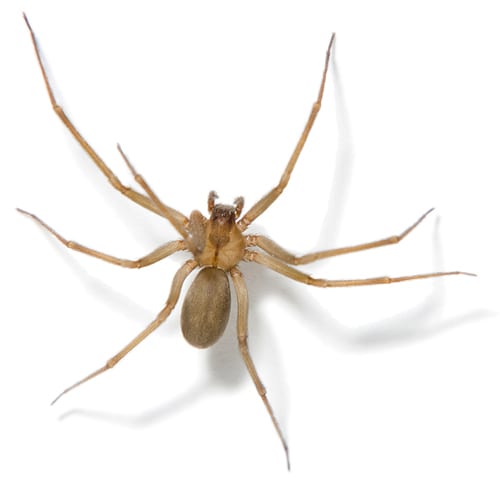SCHDULE AN INSPECTION
Sorry, we do not recognize this zip code. Please contact us directly at 214-429-4317 or send us a message now.
Brown Recluse Spiders are notorious for their venomous bites, often causing uneasiness among homeowners who discover them in their living spaces. This guide will help you identify and understand this spider species, as well as offer practical tips for keeping them out of your home and office.
Brown Recluse Spiders are a cause for concern due to their venomous bites, which can lead to serious health issues. The fear and uneasiness they provoke among homeowners is understandable, but it's important to be informed about this spider species. Identifying and understanding the Brown Recluse Spider is the first step in effectively dealing with them. This guide provides valuable insights and practical tips to help you keep these spiders out of your living spaces and offices. By taking control and implementing preventive measures, you can ensure a spider-free environment.
Take control of your home and keep it spider-free! Contact us today for reliable, safe, and efficient Brown Recluse Spider prevention and removal services.

Color: It has a light to dark brown body with a slightly darker, violin-shaped mark on its cephalothorax.
Size: The spider has a body length of about 1/4 to 3/4 inches with long, slender legs.
Eyes: Unlike most spiders with eight eyes, Brown Recluses have only six eyes, arranged in three pairs.
Outdoor settings: They can be found under rocks, logs, and in woodpiles in shielded, undisturbed spaces.
Indoor settings: They prefer dark, secluded areas, such as attics, basements, closets, and storage rooms.
© 2019 SafeHaven Pest Control. All rights reserved.Privacy Policy